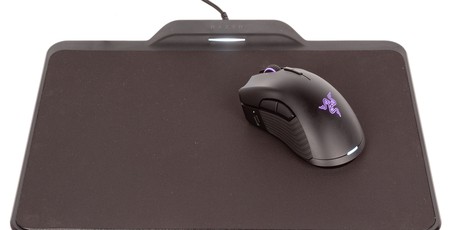
Software and Performance
The installer for the latest version of Synapse now starts to run automatically on Windows provided you have an active internet connection. This being Razer, you still need to create an online profile and log in at least once before you can access and tweak your settings, which will then be saved to the cloud. The Mamba HyperFlux follows the latest Razer trend on using Hybrid onboard storage, though, whereby certain commands and lighting effects can be saved to the mouse for offline use or on computers without Synapse, while others require the Synapse software to work. Synapse, to its credit, is pretty good at indicating what does and doesn’t need software.
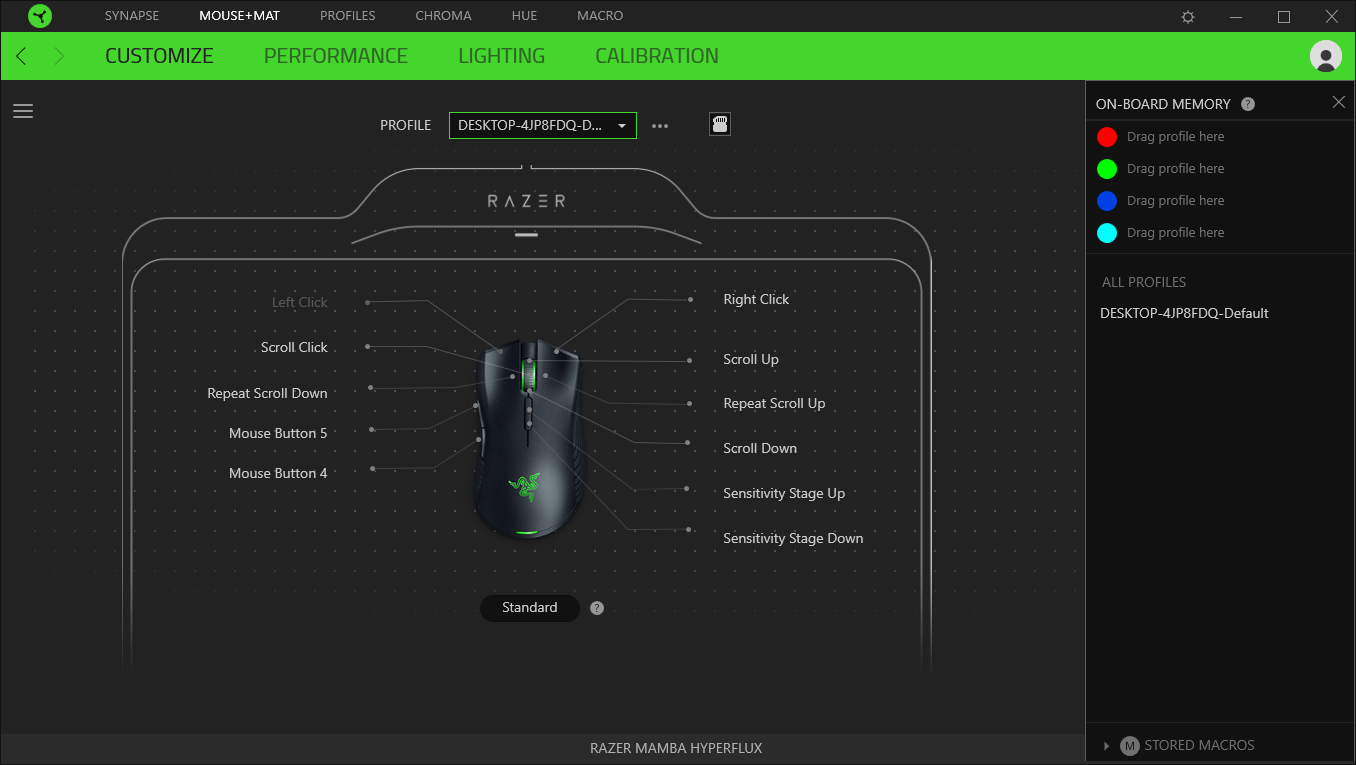
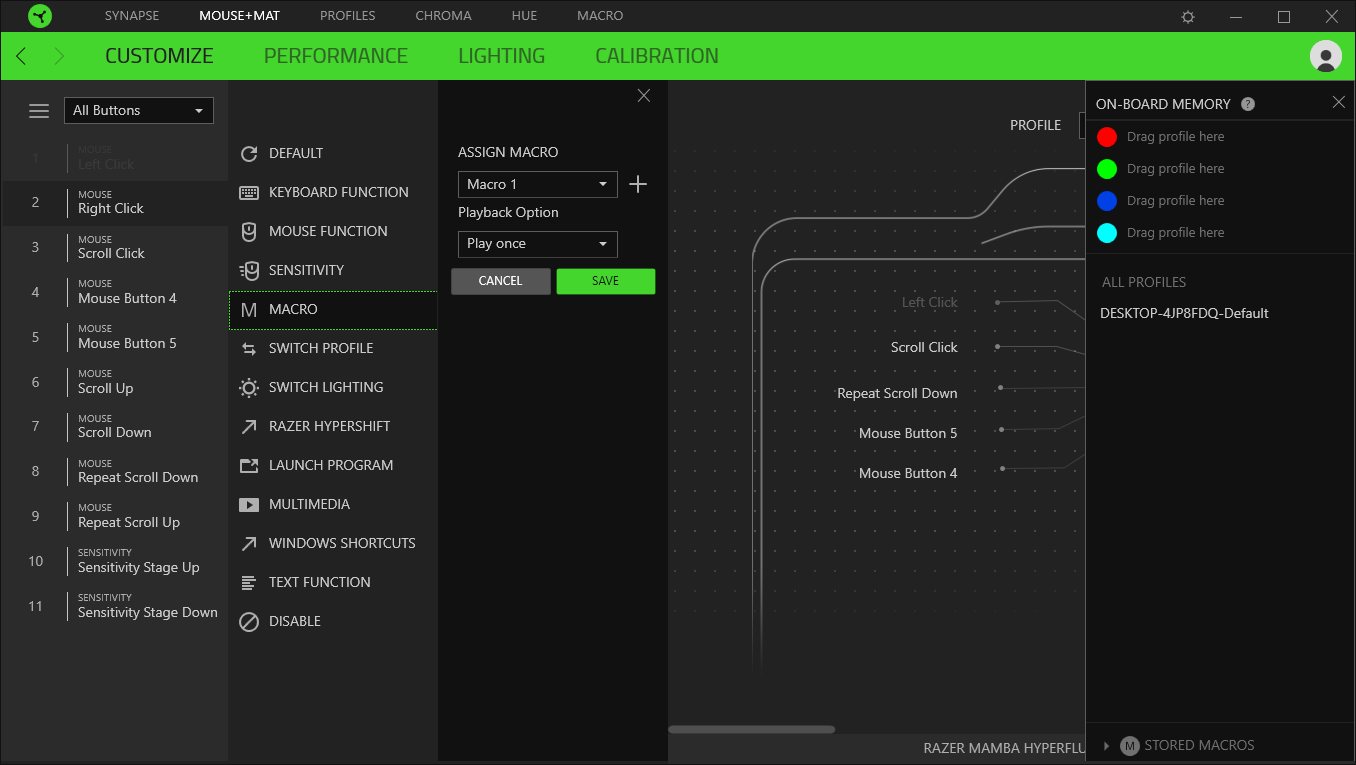
Love or hate Razer, Synapse 3 is a very clean, slick, and intuitive software suite that you’ll understand immediately. The button customisation screen offers a wealth of options that are all easy to find, and this mouse also supports Hypershift, which means you assign a button to act essentially as a shift key, granting all the others a secondary function that’s also customisable. With this and nine buttons to play with, as well as four hardware profiles and more if sticking with software, you’re not going to struggle to have this mouse do your bidding.
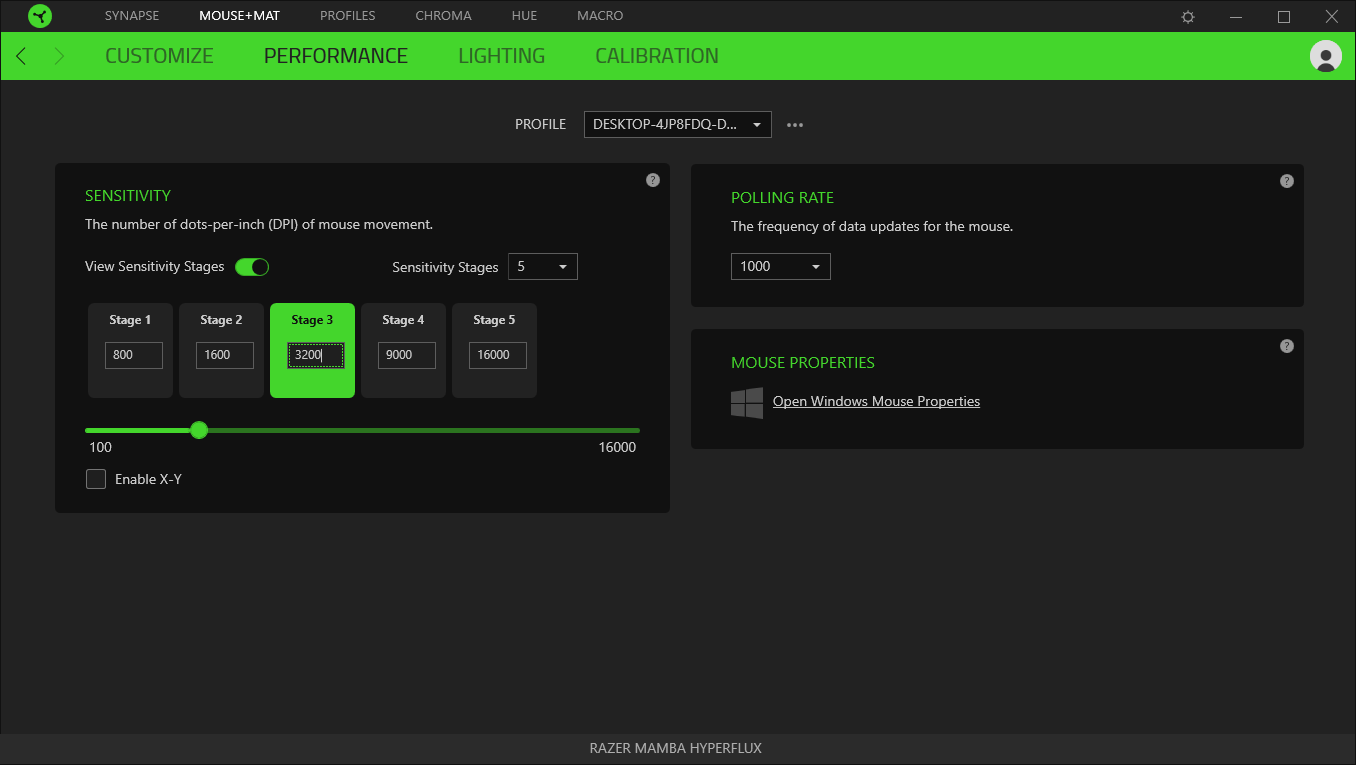
The Performance screen in the software is all about DPI and polling rate. The former is tuned in 50 DPI increments starting at 100 and ending at 16,000, and you can have up to five stages per profile, each with or without x/y differentiation. The polling rate is 1,000Hz by default, which is the highest you can go and matches typical wired gaming mice.
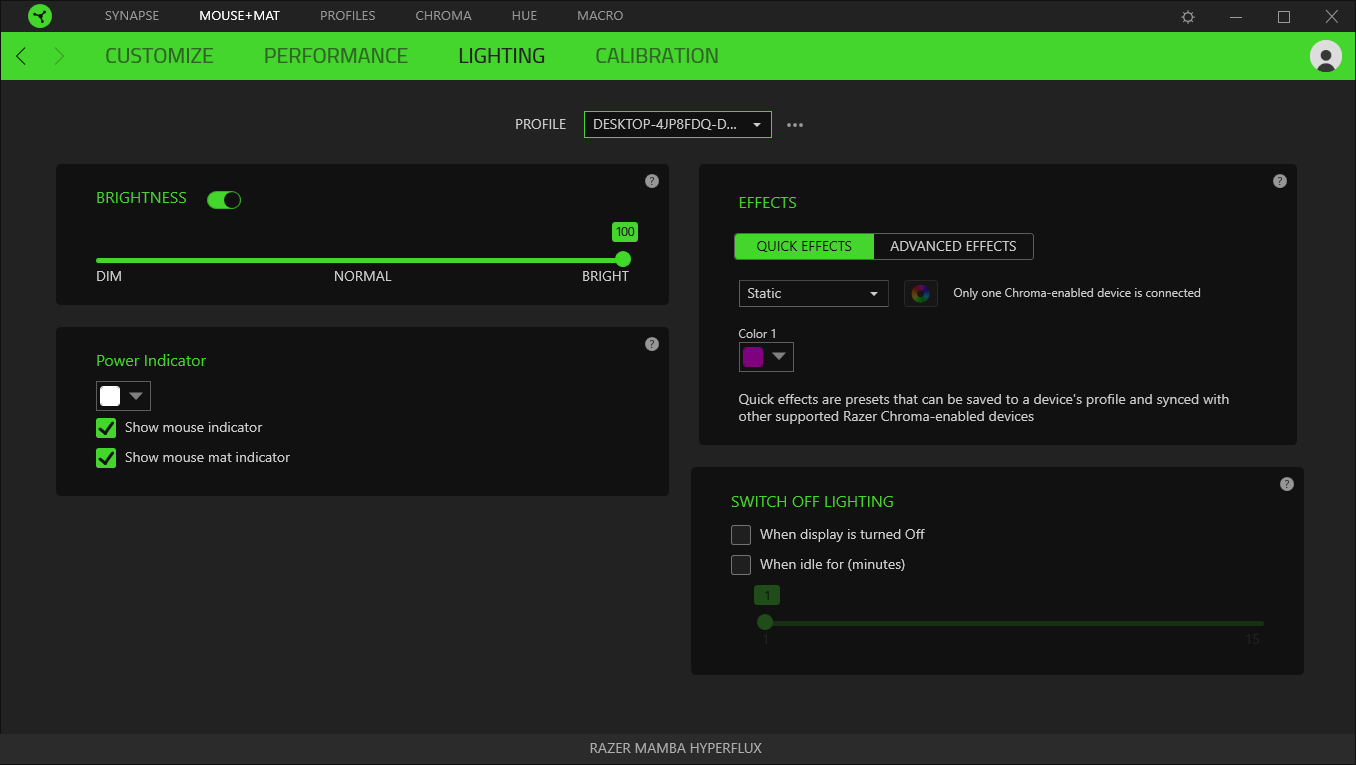
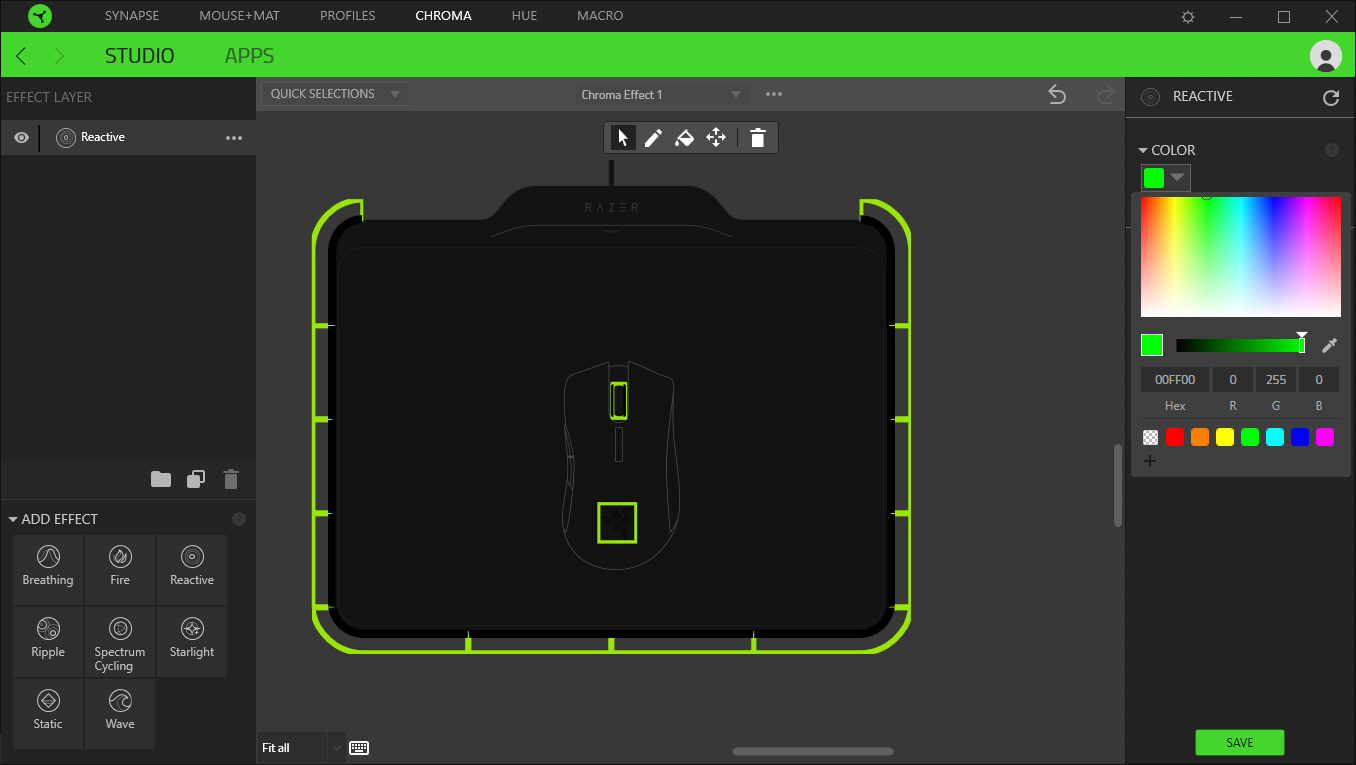
The simple lighting effects work fine and are easy to set up, but you can also go more advanced by opening up Chroma Studio. This allows you to layer effects and control elements like speed and colour with precision. It’s better suited to keyboards where there are more lights, but it’s there if you want it and only takes a few minutes to get to grips with. At one point, the lights on my mouse went out and wouldn’t come back on until I restarted; this was the only glitch I experienced.
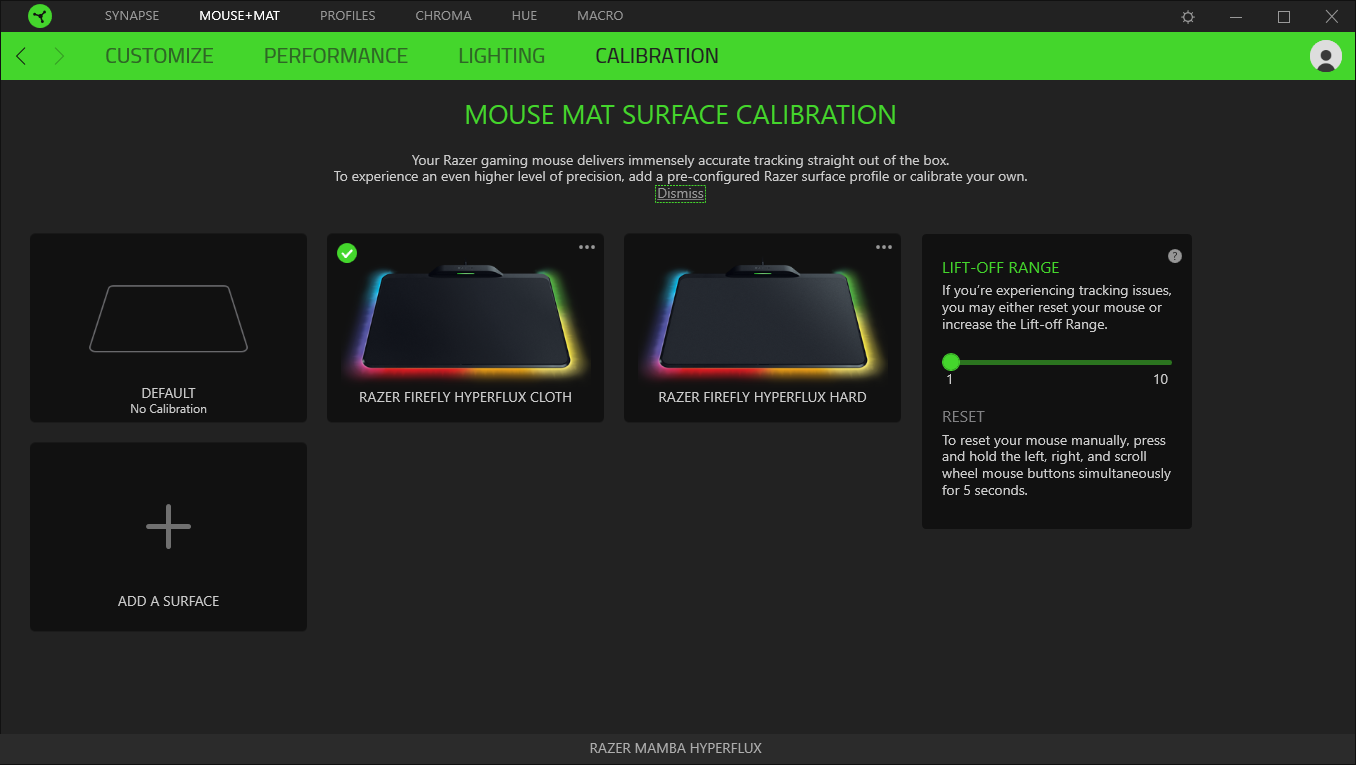
The Calibration screen has pre-configured setups for both the hard and cloth sides of the mousepad, and you can also run a tuning utility for other surfaces if you wish, though I didn’t find that the calibration settings affected anything. You can tweak the lift-off distance as well; I found the lowest setting prevented the mouse from tracking at a height of one CD, while the highest still wouldn’t track beyond two.
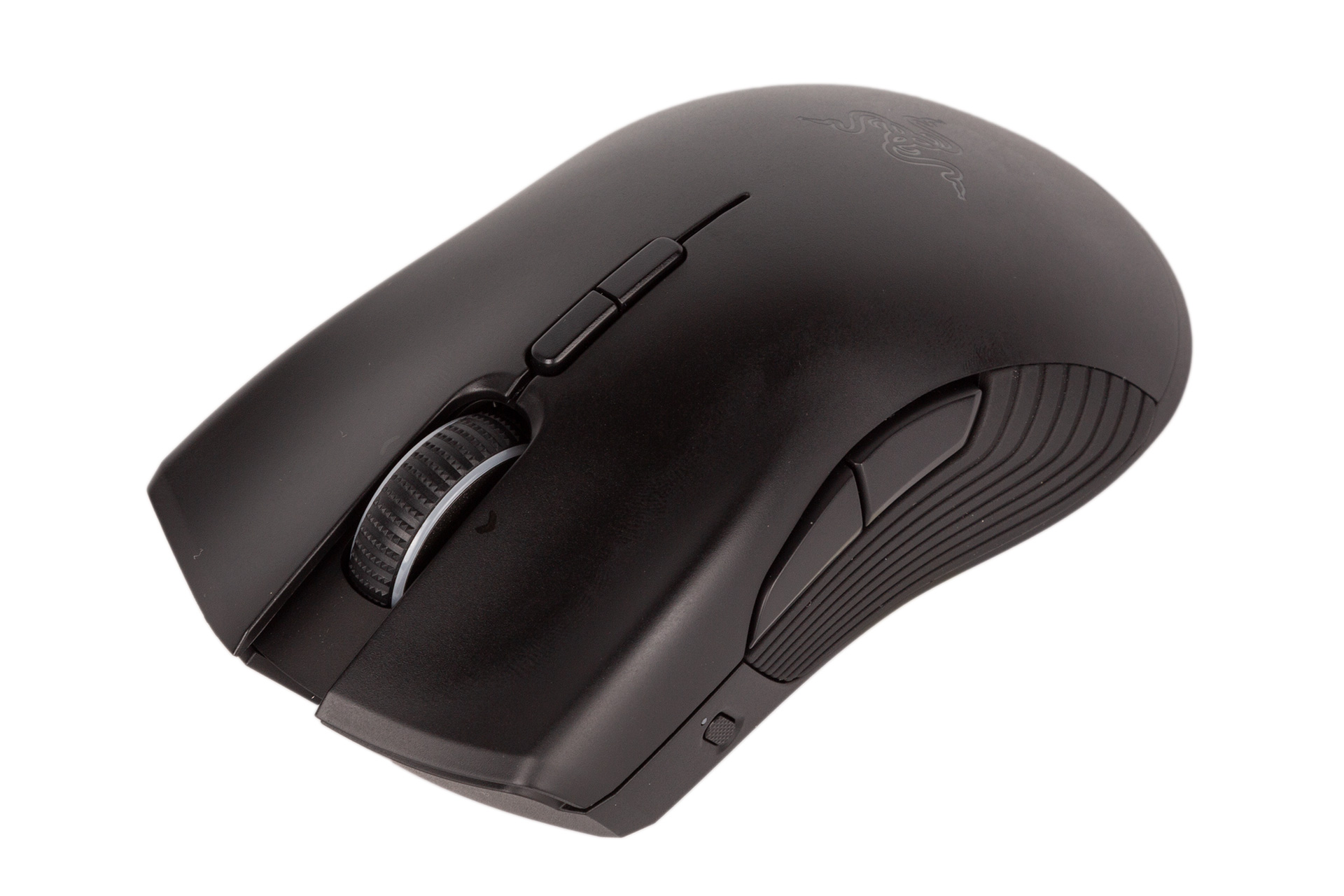
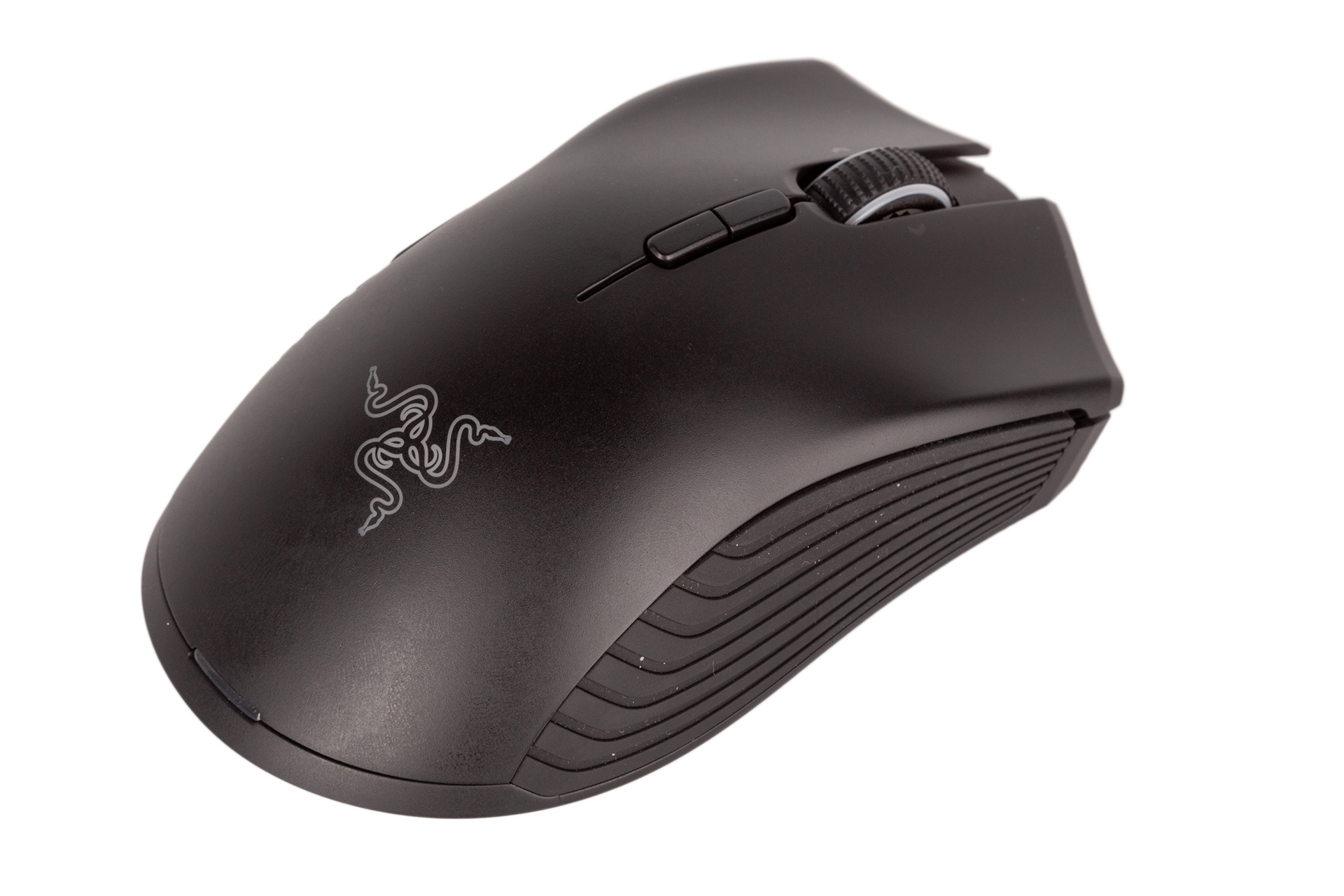
The sensor performance was flawless throughout testing. Jitter was just not present at all, and even at the top end of the DPI scale this seemed to hold true. Angle snapping was likewise undetected, and I couldn’t see evidence of acceleration or deceleration either despite some rigorous tests in Paint (see below).

This translated to a fine experience in games as well. I’m far from a professional gamer, but to me there was no discernible difference between using this and using a wired mouse. One thing to note is that the magnetic field is large enough (and/or the super capacitor is capacious enough) to allow you to raise the Mamba off the surface for a bit (10 to 20 seconds), so if you play FPS games with large sweeping motions and often reposition the mouse, you’ll be fine. Razer has also done a good job ensuring that every segment of the mousepad keeps the Mamba powered on.
Conclusion
The Razer HyperFlux kit exists without much competition; the only real contender that’s actually out is the Logitech PowerPlay hardware. Where Logitech offers its mousepad and two compatible wireless mice separately, though, Razer only offers this one bundle, and it’s at least £40 more than Logitech’s most premium offering (G903 plus the PowerPlay mat). It’s unclear at present if Razer plans to extend the HyperFlux ecosystem.
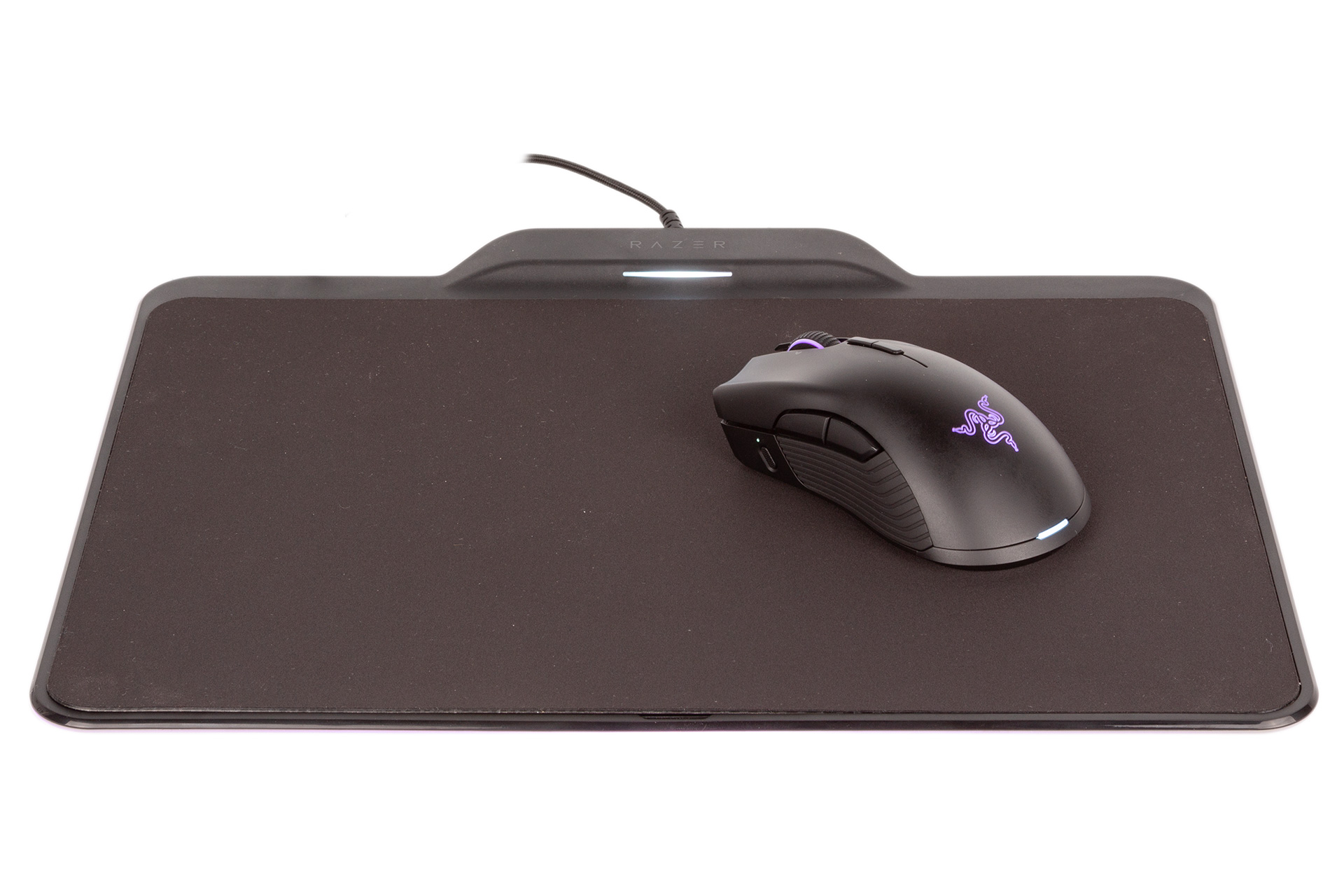
£250 really is a hefty sum to pay considering that excellent wired mouse are available for about a quarter of this price, and it’s also a pretty big difference between this and Logitech for the sake of getting below 100 grams. I will admit that it’s quite cool having so light a wireless mouse and never needing to charge it, but I also resent that I’d have to forgo my lovely full-size deskmat or have the HyperFlux sitting on top of it awkwardly. Also, if I’m going to go wireless, I’ll actually go wireless and have a hidden receiver rather than a cable going to my mousepad.
Clearly, then, the HyperFlux kit was never really designed for me. Maybe you’ll feel the same, but maybe you’ll see the appeal of a sub-100g wireless mouse more than I do. In that case, in fairness to Razer, I can’t really criticise the Mamba HyperFlux’s design much, as it’s very comfortable and a great performer, and Synapse 3 is elegant too. The electromagnetic induction works flawlessly, and setting up the mouse couldn’t be simpler. If what the HyperFlux kit offers appeals to you and you can afford it, I can’t really find a reason not to recommend it, but it does seem overly expensive compared to Logitech’s competing kits, so they're worth investigating too.

MSI MPG Velox 100R Chassis Review
October 14 2021 | 15:04


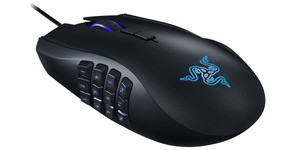





Want to comment? Please log in.